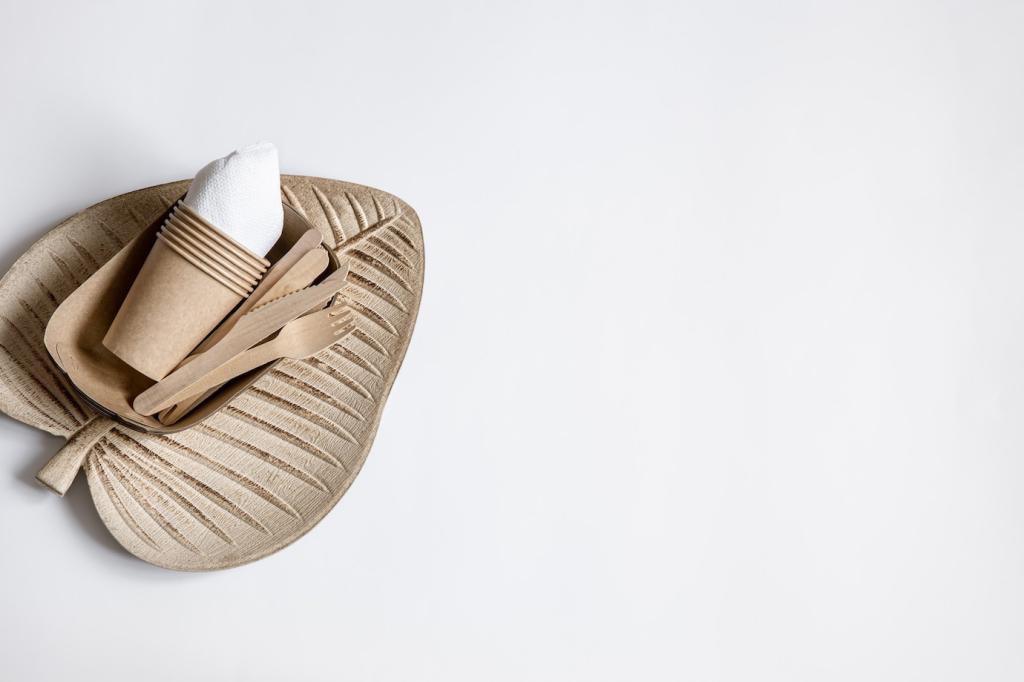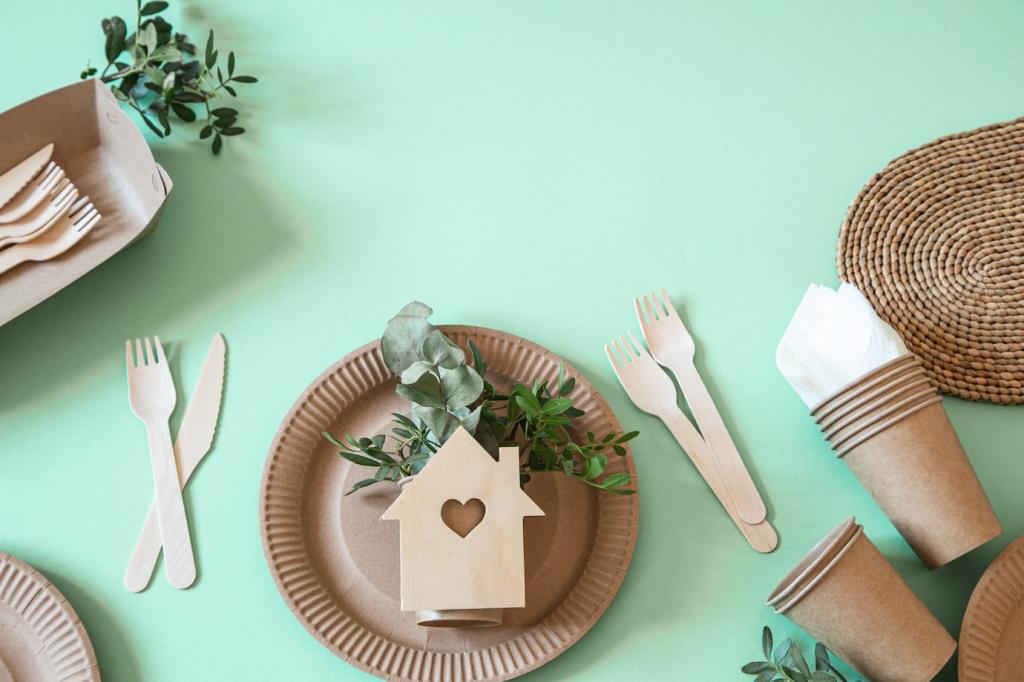
Eco‑Friendly Materials in Fashion: Wear the Change
Chosen theme: Eco-Friendly Materials in Fashion. Step into a world where fabric choices carry stories of soil, seas, and skilled hands. Explore practical guidance, candid trade‑offs, and inspiring examples that make sustainable style feel reachable—and irresistible. Join the conversation, subscribe for updates, and help us chart a cleaner, kinder wardrobe future.



Organic Cotton, Hemp, and Linen Essentials
Grown without synthetic pesticides or fertilizers, organic cotton protects biodiversity and farmworkers while often improving soil health. Yields can be lower, so prices rise, but certifications like GOTS verify standards from field to fabric. Check your labels, ask retailers for sourcing details, and share your favorite organic basics.
Organic Cotton, Hemp, and Linen Essentials
Hemp grows quickly with minimal inputs, resists pests, and produces exceptionally strong fibers that soften beautifully over time. Modern processing creates breathable knits and twills that feel nothing like burlap. Try a hemp tee or trouser and tell us how it holds up after a summer of wear.

Recycled and Regenerated Fibers
Turning PET bottles and textile scraps into new yarn cuts landfill and lowers energy versus virgin polyester. Yet microplastic shedding remains a concern. Use wash bags or filters, and favor heavier, tightly knit garments. Have laundering tips that reduce shedding? Share them and help others wash smarter.
Piñatex: Pineapple Leaf Fiber with Purpose
Piñatex repurposes agricultural waste—pineapple leaves—into a leather‑like textile, adding income for farming communities. It often uses bio‑based resins, though binders vary by maker. Expect structured bags and sneakers, not slouchy gloves. Tried it? Tell us how it ages and what care routines work best.
Apple, Cactus, and Mushroom Leathers
Apple peels, cactus paddles, and mushroom mycelium become striking alternatives with lower resource footprints than many animal or PVC options. Each material has unique hand‑feel, breathability, and durability characteristics. Watch how brands iterate fast. Share sightings of these innovations in stores near you.
Caring for Longevity and Lower Impact
Wipe gently with damp cloths, avoid excessive heat, and store structured items with support. Skip harsh solvents. Extending product life dramatically reduces footprint compared with buying new. Post your before‑and‑after care photos, and subscribe for seasonal checklists that keep plant‑based pieces looking sharp.
Low‑Impact Dyes and Finishes
Indigo, madder, marigold, and even onion skins can yield luminous hues with thoughtful mordants and mindful water use. Natural dyes vary—embrace that living palette. Try a small upcycling project, share your process, and inspire others with the joyous unpredictability of plant‑based color.
Low‑Impact Dyes and Finishes
Supercritical CO₂ dyeing and dope‑dyed yarns slash water and chemical use while improving colorfastness. Denim mills adopt ozone and laser finishing for vintage looks without pumice and toxic stones. Want deeper dives? Subscribe for our explainer series and brand case studies with measurable results.

Care, Repair, and Circularity
Air garments between wears, spot clean when possible, and wash cold on gentle cycles. Use microfibre‑catching bags or machine filters, then line‑dry. These habits preserve fibers, save energy, and protect waterways. Make a simple pledge in the comments and invite a friend to join you.
